Media | Articles
2003–06 Dodge Vipers are still waiting for their turn in the limelight
The first major redesign for the Dodge Viper, the third generation of the Detroit-born V-10 beast proved Dodge’s commitment to the original, outrageous concept. All the essential elements remained—the engine-forward proportions, the bombastic V-10, the unfussy spec sheet—and the redesign only accentuated them. The styling grew a bit more cohesive, the chassis got lighter, and the V-10’s output ramped up to 500 horsepower.
However, in the past year, the third-gen Viper has rarely been as hot in the collector market as its original ancestor. The 1992–95 cars have always been strong and are currently seven points shy of their all-time-high HVR rating of 77, set back in July 2016. Only once in the past 12 months has the 2003–06 Viper ventured into its predecessor’s reign.
What is the Hagerty Value Rating? The HVR combines insurance quoting activity, the number of new policies purchased, sales data, auction activity, and other metrics to rank vehicles compared to the overall collector car market. Based on a 100-point scale, a vehicle with a score of 50 is keeping pace with the collector market. Ratings above 50 show above-average interest; vehicles with a sub-50-point rating are lagging. The HVR is not an indicator of future collectability, but it says a lot about what’s trending hot and what’s not.
If we were analyzing the three generations purely based on their condition-appropriate values, the second generation (arguably the most desirable of the three) would be king. However, this article focuses on the cars’ HVR ratings, or their relative “heat” in the market. According to that metric, and despite its technological advances and higher power figure, the third-gen Viper is still waiting for its turn in the limelight.
Marketplace
Buy and sell classics with confidence
20200226165313)
Along with their aesthetic and mechanical tweaks, 2003–06 Vipers (which are also known as the ZB I generation) also received a nomenclature change. To reflect the model’s closer association with Dodge’s Street & Racing Technology group, the roadster model dropped the RT/10 label in favor of “SRT/10 roadster” (SRT’s Osamu Shikado overhauled its exterior.)
The third-gen roadster finally ditched the targa-style, canvas-and-vinyl contraption of the first two generations for a folding soft-top. That unit tucked neatly behind two hoops, rather than a single unit, behind the two seats. The truly convertible top made the roadster much more practical and allowed Dodge to wait until 2006 to roll out the hardtop. Newly dubbed the SRT/10 Coupe (rather than the GTS), the hardtop was unveiled at the 2005 Detroit Auto Show as a 2006 model and boasted 10 more horses. (The Mamba edition arrived in 2004, but that package was purely cosmetic. We’ll ignore this monstrosity entirely.)
Underneath the third-gen’s mile-long hood lay an all-new 90-degree, 20-valve V-10, just barely oversquare to gain 0.3 liters of displacement over its 8.0 predecessor (7990 cc vs. 8275 cc). All 500 horses were available at 4600 rpm, harnessed via a Tremec T-56 six-speed manual ’box paired with a 3.07:1 rear end and aided by cast-iron brakes.
Third-gen Vipers were hampered by their high sticker prices when new; the Corvette Z06, with 505 hp to the Viper coupe’s 510, landed in 2006 with a $65,800 sticker price. The SRT/10 coupe cost over 20 grand more straight from the dealership, and the consensus held that the Corvette was the better all-around car.
However, there’s no substitute for the Viper’s angry, lopey idle. Enthusiasts and collectors buy cars for personality just as much as bare statistics—perhaps more so—and even the third-gen Viper, arguably the most underappreciated of the range, enjoys a strong community. Though the second-gen is now toeing this line, for the most part Vipers represent accessible bare-knuckles American performance at the level of exotics that are, comparatively, less reliable.

Ironically, the 2003–06 Viper’s HVR is now suppressed by buyers’ resistance to paying a premium. Over the past year, more third-gen cars were added to policies at higher insured values—evidence of increased collector market interest—but Vipers’ Hagerty Price Guide values haven’t budged. At least, not at the end of the day. Top-tier, #1 (Concours) condition values increased 3 percent in the last year, but #3 (Good) condition values actually dropped by the same percentage. “Vipers are a tough market,” says Hagerty information analyst James Hewitt, “and increased interest doesn’t necessarily mean increased prices.”
The personality of the buyer market, then, is evident in the data. “Viper buyers often buy because the entry point for fun is lower than other vehicles, and maintenance costs remain affordable,” Hewitt explains. “This leads to a crowd of buyers who are different than those who buy emotionally and pay big premiums for ‘must haves.’
“We’ve all been waiting, but the pop in Viper values just hasn’t happened yet.”
It’s worth pointing out that third-gen Vipers aren’t growing ice cold. The 2003–06 Viper rode out a dip in April to gain a total of 40 points in 2019, from 36 in January to 76 in December.
With an HVR currently sitting at 69 for January 2020, 2003–06 Vipers are still trending ahead of the market. When will they enjoy their spot in center stage? It’s up to you, frankly; but when the market tide shifts, we’ll be sure to explain why.
Like this article? Check out Hagerty Insider, our e-magazine devoted to tracking trends in the collector car market.
20200226165336)
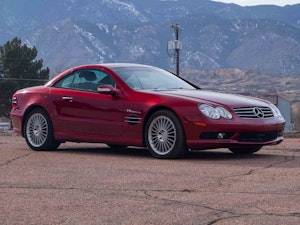
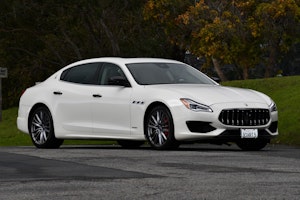
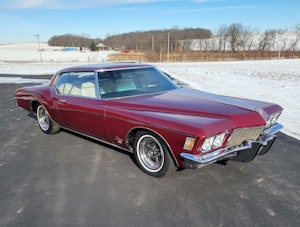
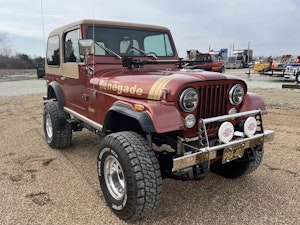
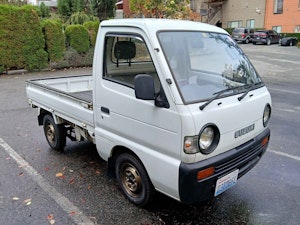

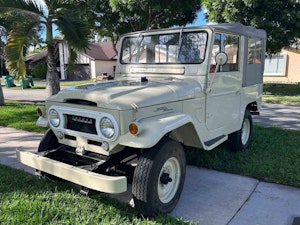

20200226165307)
20200226165318)
20200226165341)
20200226165325)
20200226165441)
20200226165451)
20200226165303)

